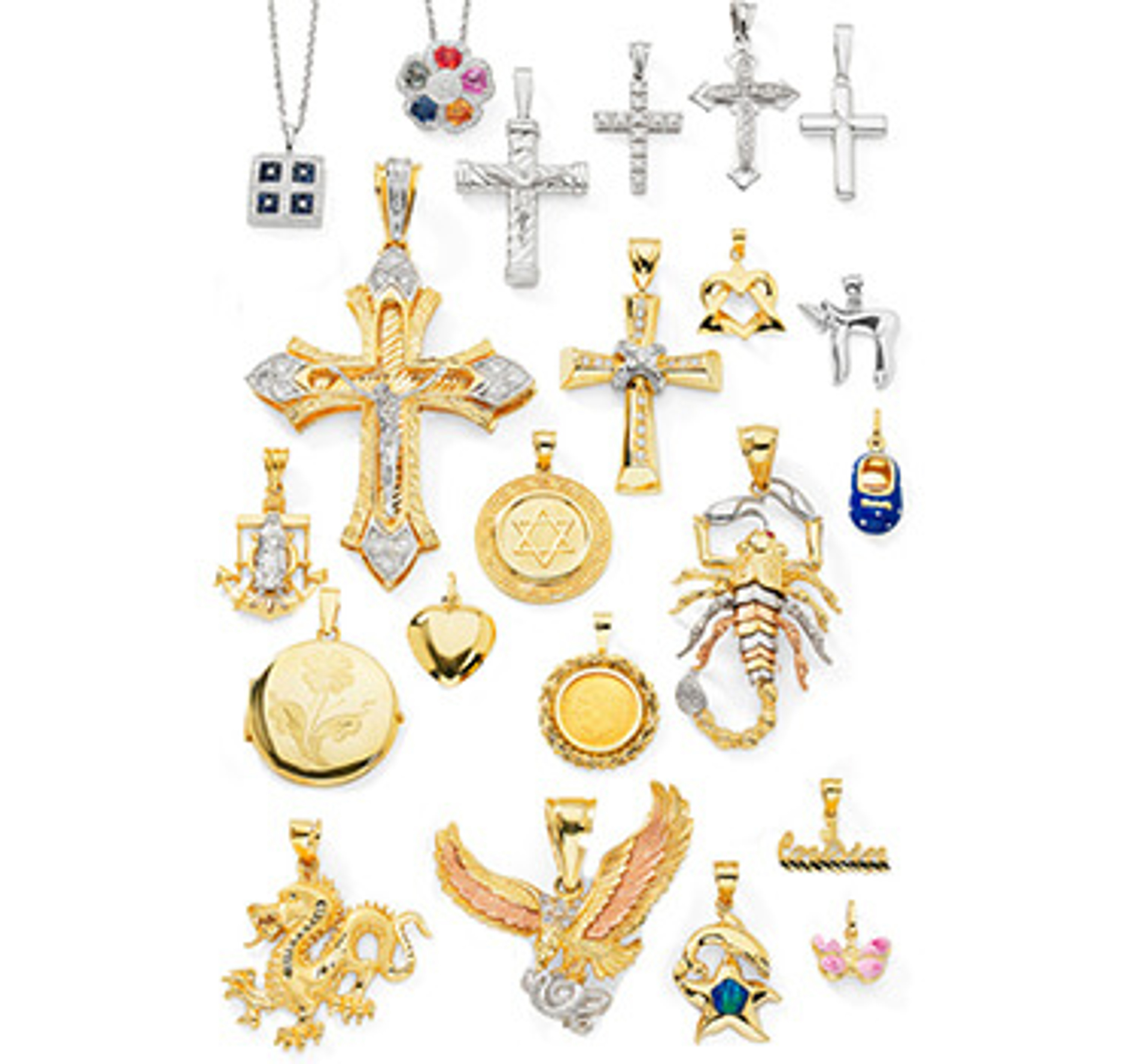The Virgin Mary and Gold Jewelry
Dec 13th 2018
The veneration of the Virgin Mary is a central theme of Roman Catholic beliefs, but also a focal point of the Christmas holiday.
Through proclamations of the Roman Catholic Church from its very beginnings, the Virgin Mary was viewed as the Mother of God and also the Mother of the Church. Her veneration grew over the years in importance, not only in prayer but in art, poetry and music.
Since the 11th century, many of the world’s greatest cathedrals have been dedicated to Mary and pilgrimages from one Marian shrine to another have been going on since then. The Marian movement appeared in the Americas in the 16th century with St. Juan Diego’s vision of Our Lady of Guadalupe.
Marian culture has moved out of the Catholic Church with the formation of Marian Movements and Societies around the world. But the Catholic Church didn’t stop developing it within the church. In 1974, Pope Paul VI issued “Marialis Cultus,” an Apostolic Letter subtitled “For the Right Ordering and Development of Devotion to the Blessed Virgin Mary.”
As with many artists, gold jewelry designers have long been part of Marian culture and Sarraf.com provides a large selection of gold jewelry featuring the Virgin Mary or Mother Mary and Jesus.
For Christmas and throughout the year, Sarraf.com honors its Christian customers with a selection of jewelry to signify their beliefs.


